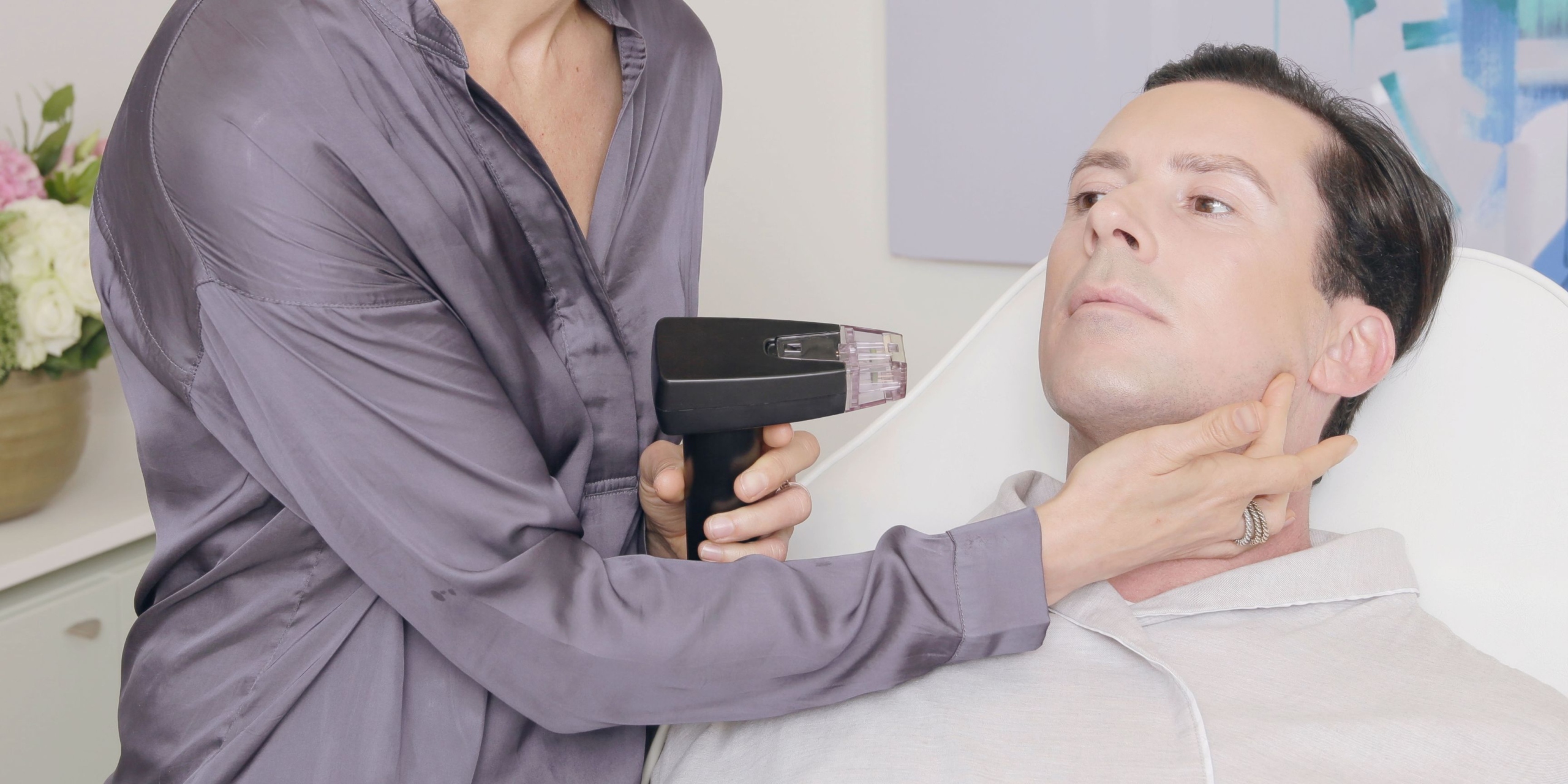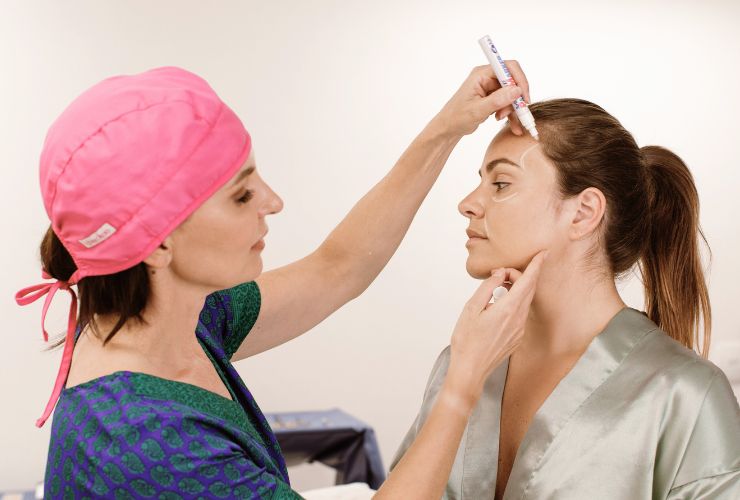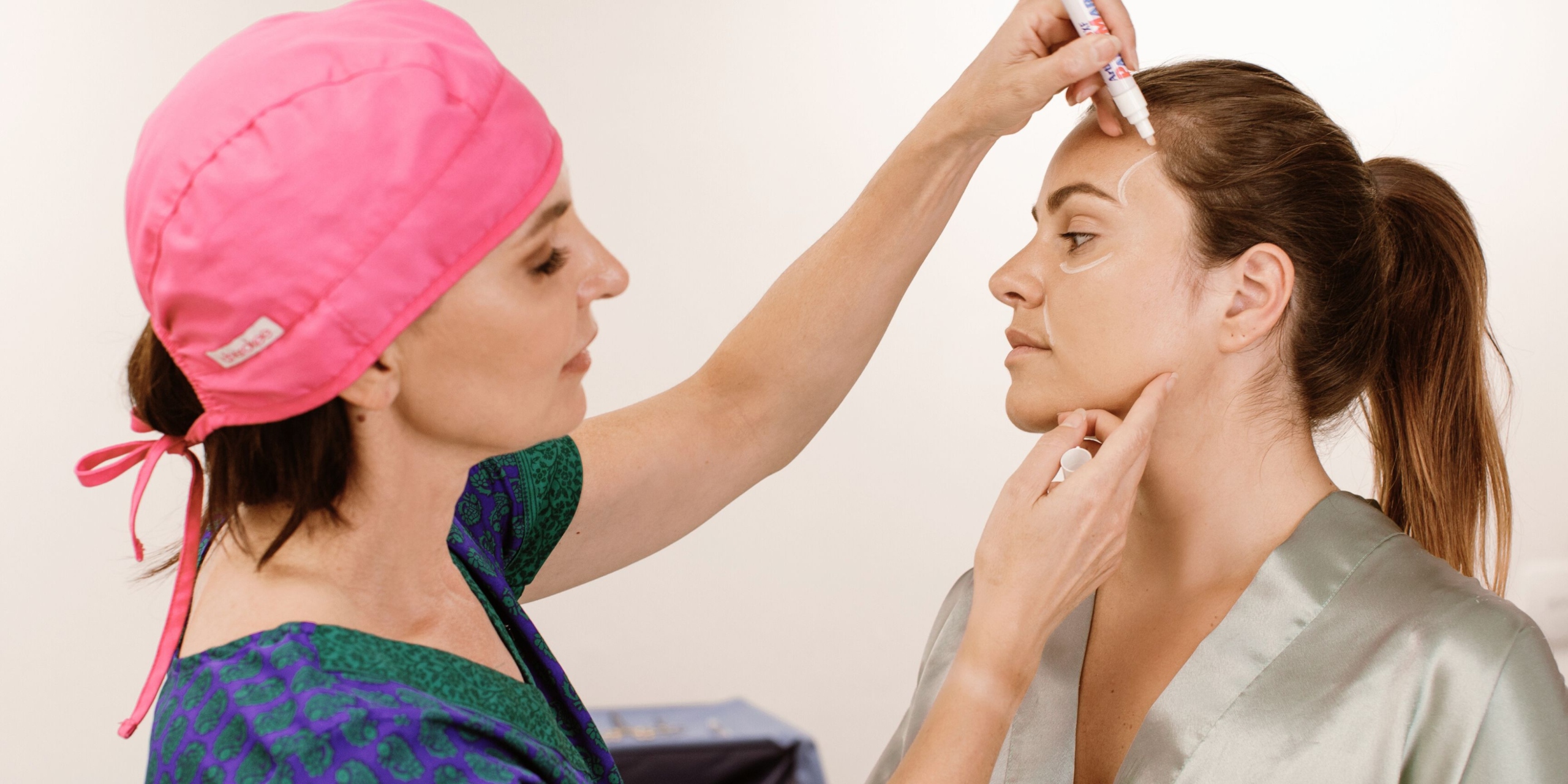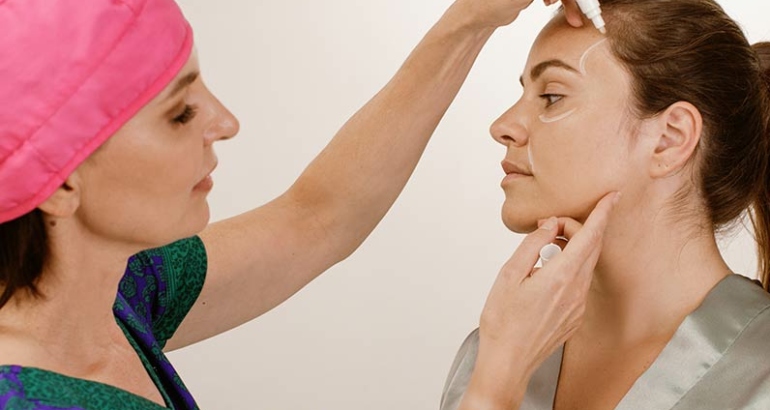by Plastic Surgeon, Dr. Nerina Wilkinson
Have you noticed that more and more younger celebrities are embracing the “knife” recently? It seems that facelifts are no longer reserved for those in their 60s or beyond. Today, younger individuals are increasingly turning to cosmetic surgery to maintain their youthful appearance and address the first signs of aging. This growing trend has sparked conversations and debates, especially as the desire for natural-looking results becomes a priority.
As a plastic surgeon dedicated to achieving natural, rejuvenated outcomes, I’ve seen firsthand how these trends are shaping the future of facelifts. Today, I’ll share my perspective on the evolving facelift landscape, discuss the techniques I use in my practice, and explore why more people, including younger patients and celebrities, are opting for this transformative procedure.
The Shift Toward Natural-Looking Results: A Refined Approach
The goal is never to create a “tight” face but rather one that appears refreshed, with smooth contours and lifted areas that harmonize with the rest of the face. It’s about subtle refinement, not drastic transformation. This approach works best because it leads to a result that’s timeless and age-appropriate, making patients feel confident in their own skin without looking overly done.
Regenerative Techniques: Using Fat Cells for Volume Restoration
In my approach, I also combine facelift techniques with regenerative medicine, utilizing the patient’s own fat cells for lipofilling. This allows me to naturally replace lost volume in the face, which is key to achieving a rejuvenated look without needing to pull the skin and muscles too tight. By restoring volume in areas like the cheeks, temples, and under the eyes, I can provide a more youthful and refreshed look, giving the face a natural lift that supports the underlying structures. This method reduces the need for excessive skin tightening and ensures that the results are both long-lasting and natural-looking.
Mini Facelifts: A Less Invasive Alternative
While mini facelifts have a place in aesthetic surgery, I believe it’s essential to tailor the procedure to the patient’s needs. The key is to ensure that the patient’s goals are realistic and that the procedure aligns with their aging concerns. For many, mini facelifts offer a perfect balance of effective rejuvenation and minimal downtime, but they should not be seen as a one-size-fits-all solution.
One technique I have refined over the years is the BELLA Lift, a “mini facelift” technique that I’ve developed to offer patients a less invasive alternative with a quicker recovery time. The BELLA Lift is ideal for individuals who are starting to show signs of aging but are not yet ready for a full facelift. By addressing specific areas of the face, such as the jawline and lower cheeks, this technique provides a subtle lift without the need for extensive surgery or prolonged recovery. This method is highly effective for patients who want a refreshed appearance without undergoing a more invasive, full facelift.
Early Intervention: Is a Facelift Right for Younger Patients?
A few decades ago, facelifts were typically reserved for those in their 60s or older, when the signs of aging were more pronounced. However, an increasing number of patients in their 40s and early 50s are seeking facelifts, not just to reverse aging but as a preventative measure to delay the inevitable. These patients want to maintain their youthful look for as long as possible by addressing early signs of aging before they become more noticeable.
While I understand the desire to maintain a youthful appearance, I approach this trend with caution. Early intervention can be helpful for those who are noticing subtle signs of aging, such as the beginnings of jowls or a slightly loose jawline. However, facelifts are best suited for patients who have more pronounced signs of aging. For those in their 30s to early 40s, I typically recommend starting with non-surgical treatments like dermal fillers or energy-based devices. These options can delay the need for surgery while still providing effective rejuvenation.
Facelifts should not be rushed into, especially when the signs of aging are minimal. I always encourage my patients to take their time, explore alternatives, and only opt for surgery when it becomes truly necessary. It’s important to have realistic expectations about the results of early surgery and to be mindful that, although the intention is to “prevent” aging, the face will continue to age naturally over time.
Celebrity Influence: Subtle Enhancement in the Spotlight
This trend toward early intervention has also been seen among celebrities, notably Lindsay Lohan. Recently, Lohan has been the subject of speculation about her youthful appearance. While rumors of a facelift persist, Lohan herself has laughed off these claims, attributing her appearance to Botox, laser treatments, and a healthy lifestyle. Much like the patients I see, celebrities are opting for subtle measures to maintain their youth, acknowledging that their appearance is the result of a combination of factors, including surgery, skin treatments and lifestyle choices.
The Facelift/Filler Combo
One of the most exciting developments in facelift surgery is the increasing use of injectable fillers to complement traditional surgery. While some surgeons use traditional implants for facial contouring, I prefer injectable fillers because they can provide natural-looking enhancements and are fully customizable. These fillers can be used both before and after a facelift to enhance specific areas of the face, support underlying muscles, and improve symmetry.
Before a facelift, I often use injectable fillers to address areas that have weakened or lost support such as the cheeks or jawline. These fillers can add definition and support to the face, ensuring that the facial muscles remain strong and well-positioned. After a facelift, fillers are also used to refine the results, especially in cases where there are bony asymmetries or areas that need additional contouring.
The beauty of this approach is that injectable fillers allow for precision and customization. They provide a way to enhance the natural bone structure of the face without the need for implants. I’ve found this technique to be incredibly effective in helping patients achieve a more balanced and youthful appearance, with results that look both natural and long-lasting.
SMAS-Focused Techniques for Longevity
A key development in modern facelift techniques is the focus on both the skin and the underlying muscles, particularly the SMAS (Superficial Musculoaponeurotic System) layer. Traditional facelifts primarily focused on tightening the skin, but today’s techniques aim to reposition both the skin and the muscles to achieve more lasting, natural-looking results. By lifting the deeper layers of the face, we can create a stronger foundation that results in longer-lasting rejuvenation.
For me, muscle repositioning is essential. By lifting the deeper tissues, we can achieve more natural results that stand the test of time. This technique also reduces the risk of the “tight” or “stretched” look that was often seen with older facelift methods. It’s one of the reasons why the results of modern facelifts are not only more natural but also longer-lasting. By addressing both the skin and the muscles, we can achieve a rejuvenated appearance that retains its vitality and youthfulness for many years to come.
Complementing Surgery with Energy-Based Devices
In addition to traditional facelift surgery, many patients are now benefiting from the use of energy-based devices like radiofrequency microneedling. These devices (such as Morpheus8) stimulate collagen production, tighten the skin, and improve skin texture, all of which can enhance the results of a facelift.
I believe that these technologies are a fantastic complement to surgery. While a facelift addresses the deeper layers of the face, energy-based treatments help to refine the surface of the skin, tightening and smoothing it further. Combining these treatments can provide a more comprehensive approach to facial rejuvenation, offering patients enhanced results with less invasive procedures.

Morpheus8 Radiofrequency Microneedling
I use these devices regularly in my practice to ensure that patients achieve the best possible results. Whether used pre- or post-surgery, they help to tighten the skin and promote long-term skin health, resulting in a more youthful, rejuvenated appearance that looks both natural and vibrant.
Conclusion: A Tailored Facelift Approach
The facelift trends of today reflect a growing demand for natural-looking, personalized results. Whether you are opting for a mini facelift, a full facelift, or combining surgery with injectable fillers and energy-based devices, the focus is always on enhancing your unique beauty. By tailoring each procedure to the individual’s needs, we can achieve results that not only look beautiful but also feel authentic and long-lasting. Facelift surgery is a powerful tool for rejuvenation, and when approached with care, precision, and a focus on natural aesthetics, the results can be transformative.
Written by Plastic Surgeon, Dr. Nerina Wilkinson










